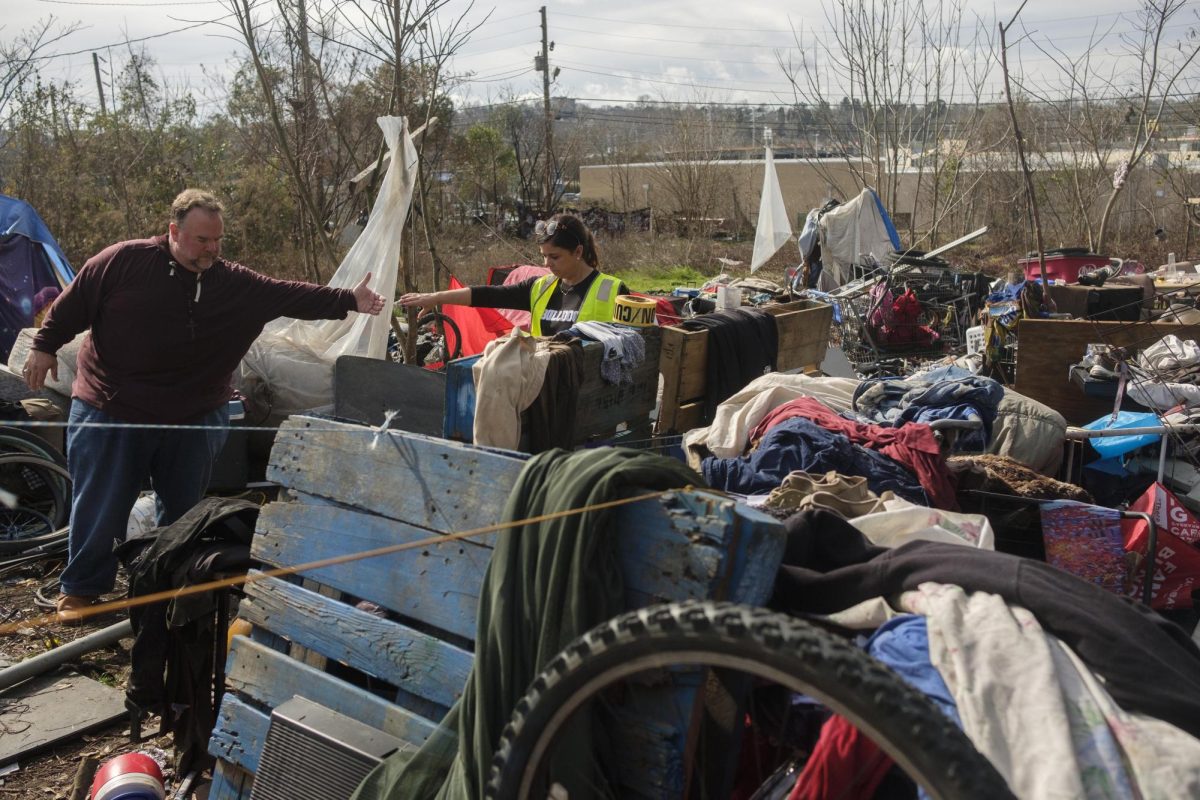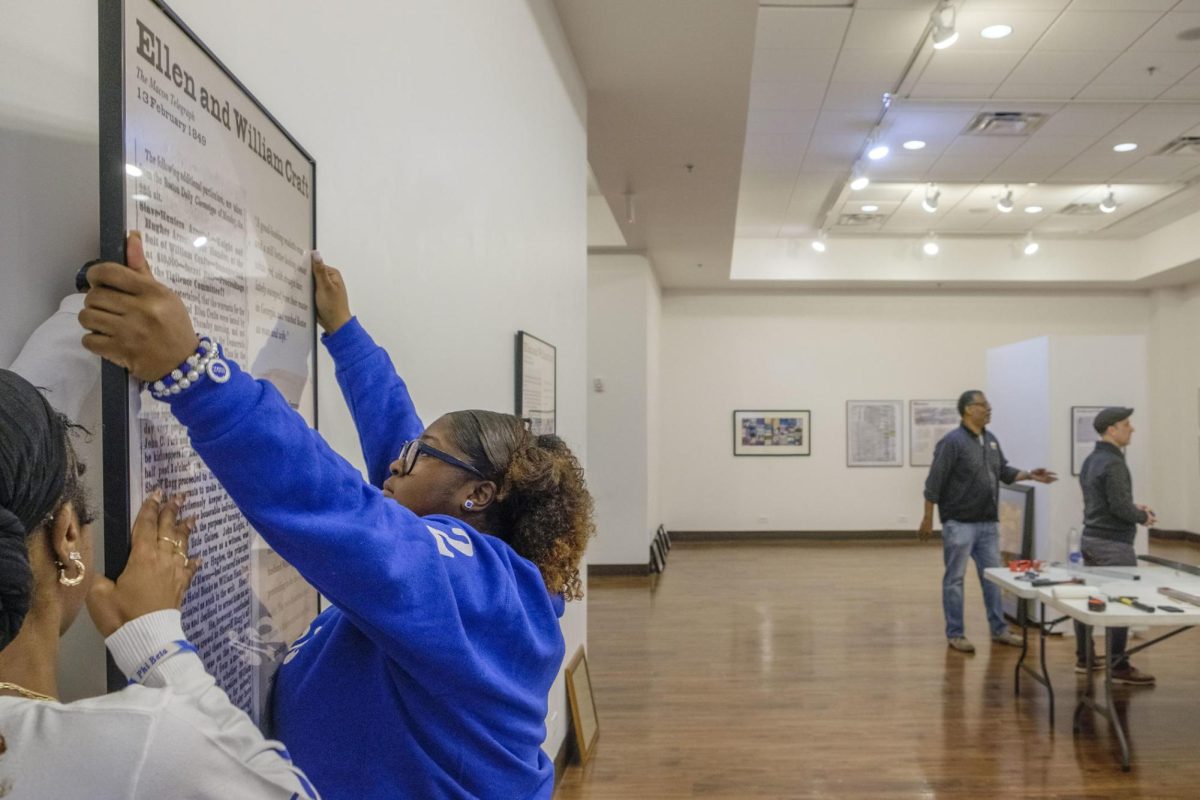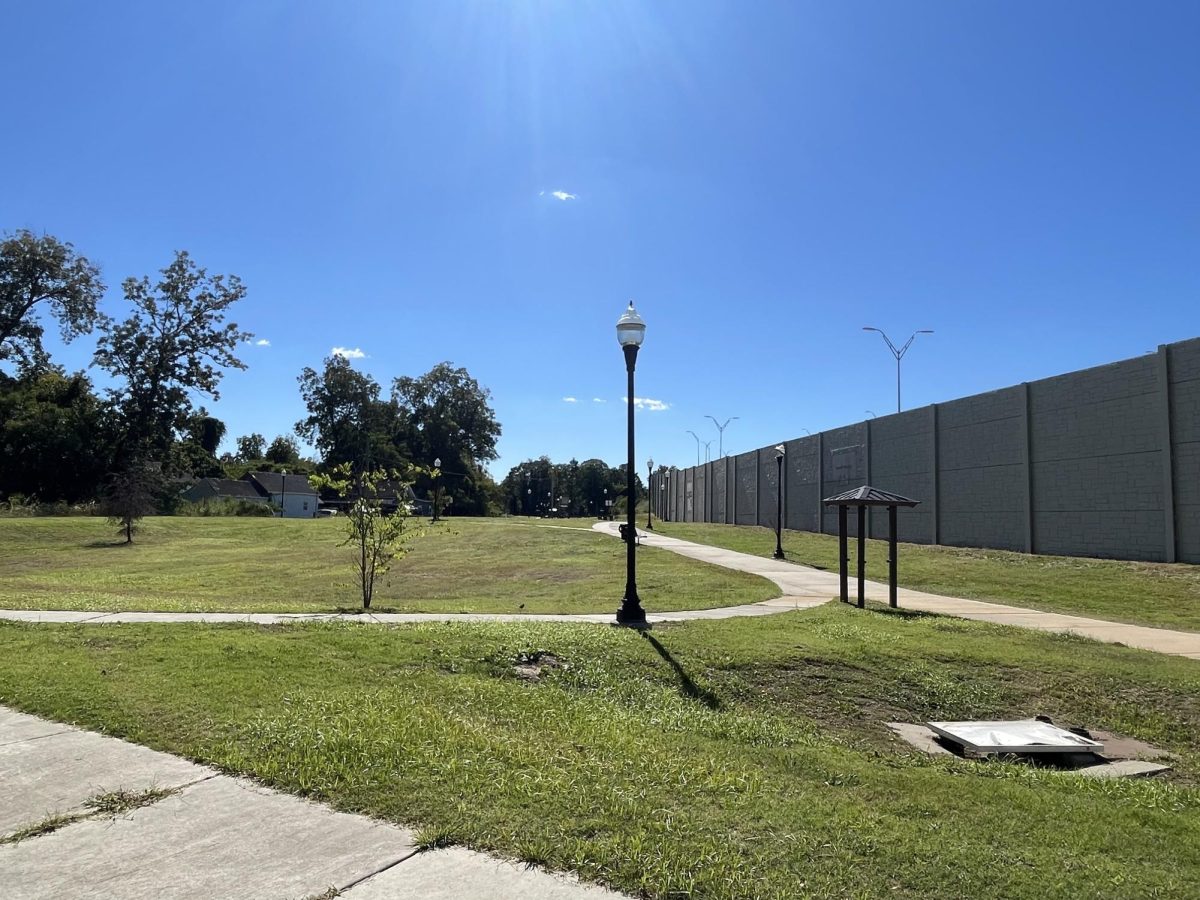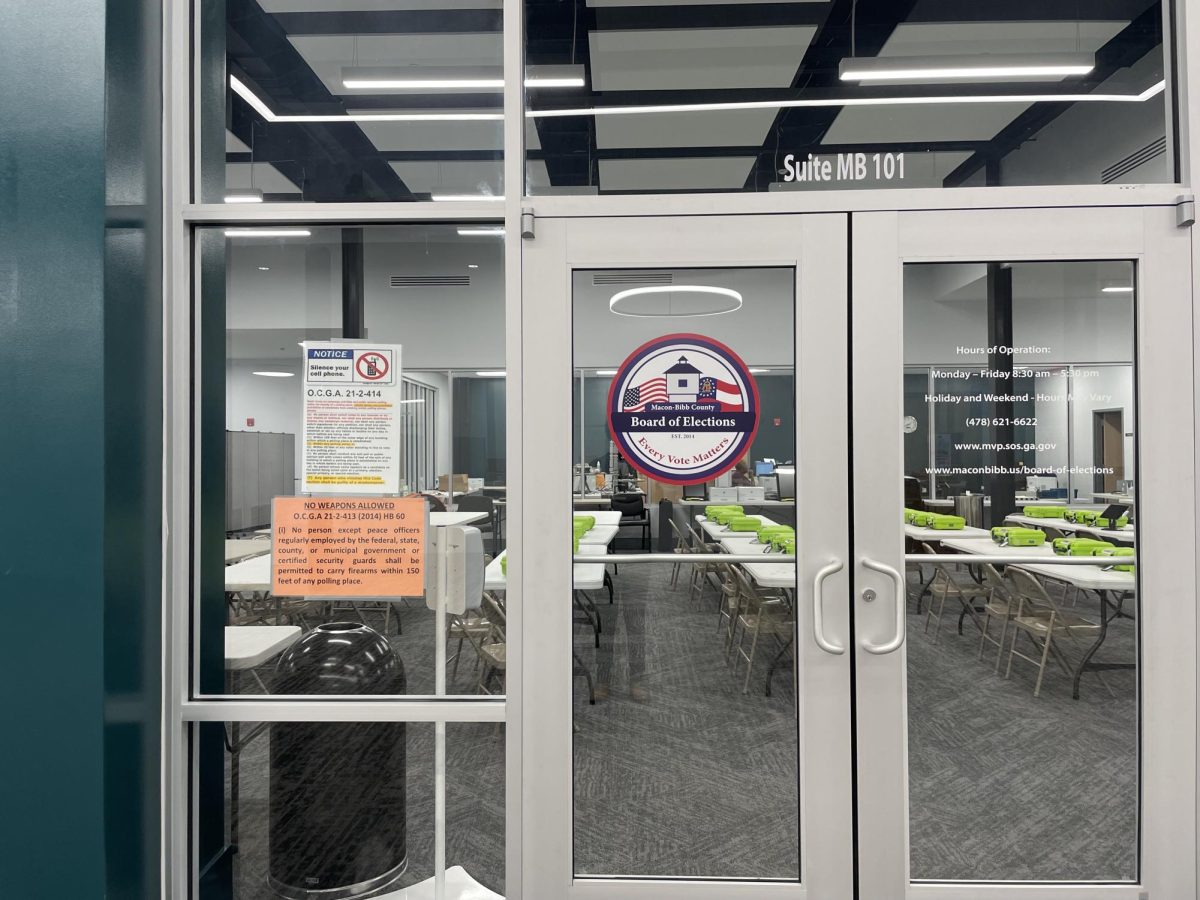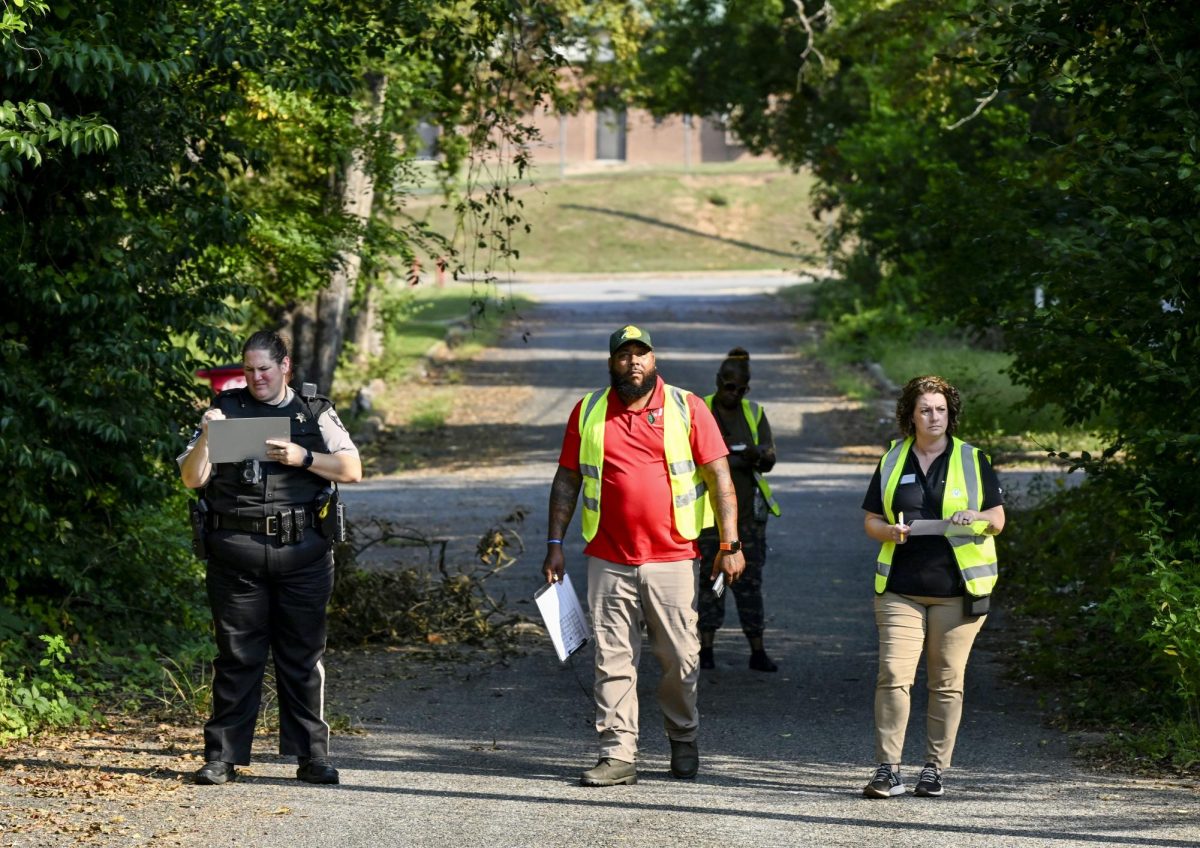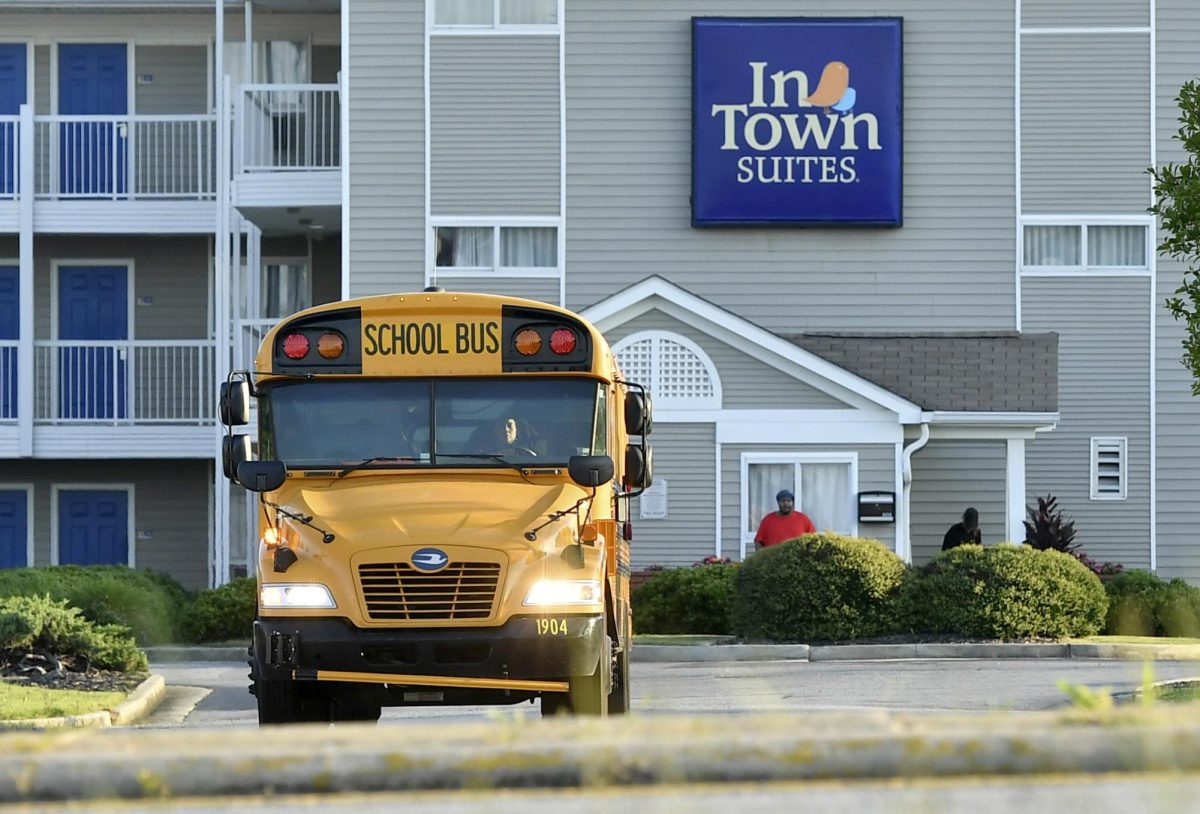The number of unhoused people in Bibb County has for years been an elusive or underrepresented figure.
The Macon-Bibb County Homeless Coalition, a collective of nonprofits working to shelter and house that population, recently spent a week collecting data to determine a rough, preliminary estimate.
The coalition tallied 461 unsheltered homeless people, a 250% increase from the 140 it counted in a three-day count in 2022.
“We’re heading towards a more data-informed and accurate number,” Jake Hall, executive director of United Way’s “Unite to End Homelessness” initiative and head of the homeless coalition, said at a coalition meeting Thursday. ”We’re getting closer to honing in on something that I think we collectively know to be true: that we have more than 140 unsheltered people out there.”
Teams of volunteers, firefighters, department of public health employees and code enforcement officers and others conducted 195 interviews, documented 194 observations and counted 75 structural observations, such as tarps, tents and people living in cars, from Jan. 22-29.
Hall said the count “does not capture the housing insecure families or families that we would normally, in a colloquial way, consider homeless” such as people living in hotel rooms.
“I would anticipate that our gross number, that’s data informed, would be around 654,” Hall said.
The tally of unhoused people is called a point-in-time count, or PIT count for short. Annual PIT counts are required by the U.S. Department of Housing and Urban Development for it to fund Continuum of Care programs, which are community-wide partnerships of nonprofits and state and local governments.
Macon-Bibb County is the only metropolitan area of its size in Georgia that has no official Continuum of Care program, but the recent PIT count signals that could soon change.
The next step for the coalition is to share the data with the Georgia Department of Community Affairs, which will refine it, de-duplicate it and verify its accuracy. Once that’s completed, the county will have an official baseline for the size of its homeless population that can be updated continuously and inform the coalition about the changing and often transient population it serves.
The count also lays the groundwork for an inter-agency case management system, a sort of database of homeless individuals, so the homeless coalition can better connect people with services.
“In order to do individual casework, you need a name for a by-name list,” Hall said, adding that the data to be collected contains highly sensitive and personal information. Each of the coalition members “has slightly different rules on how that data is shared and handled, but negotiating that and creating those spaces that are safe to share client data and begin to prioritize – that’s where we’re at.”
Eventually, the database will include a public-facing mobile app that will allow people to report data to help unhoused people they encounter connect with services that can help.
“It’s like SeeClickFix for homelessness,” Hall said of the future app, likening it to the online reporting system the county uses to receive complaints and notices from residents about issues ranging from potholes to illegal trash dumping.
“I think once we get our sea legs under us for this being a common service tool for multiple providers, then we can take that next next step in really rolling out a more public facing thing,” he said. “In an ideal setting, it would be a quick way to score whether someone needs stabilization services, shelter services, or rapid rehousing or permanent supportive housing, which are where our community service supports come in.”
To contact Civic Journalism Fellow Laura Corley, call 478-301-5777 or email Corley_le@mercer.edu.



